Cosplayers who look forward to comics conventions have had it rough during the pandemic, but the community’s spirit is still thriving. A new book, written by io9 alumni Andrew Liptak, spotlights the creative, awesomely nerdy folks who make dressing up an art form. Cosplay: A History: The Builders, Fans, and Makers Who Bring Your Favourite Stories to Life isn’t out until June, but we’ve got the cover to share, as well as an email interview with the author.
First up, here’s the full cover, being revealed here on Gizmodo for the first time! The interview follows.
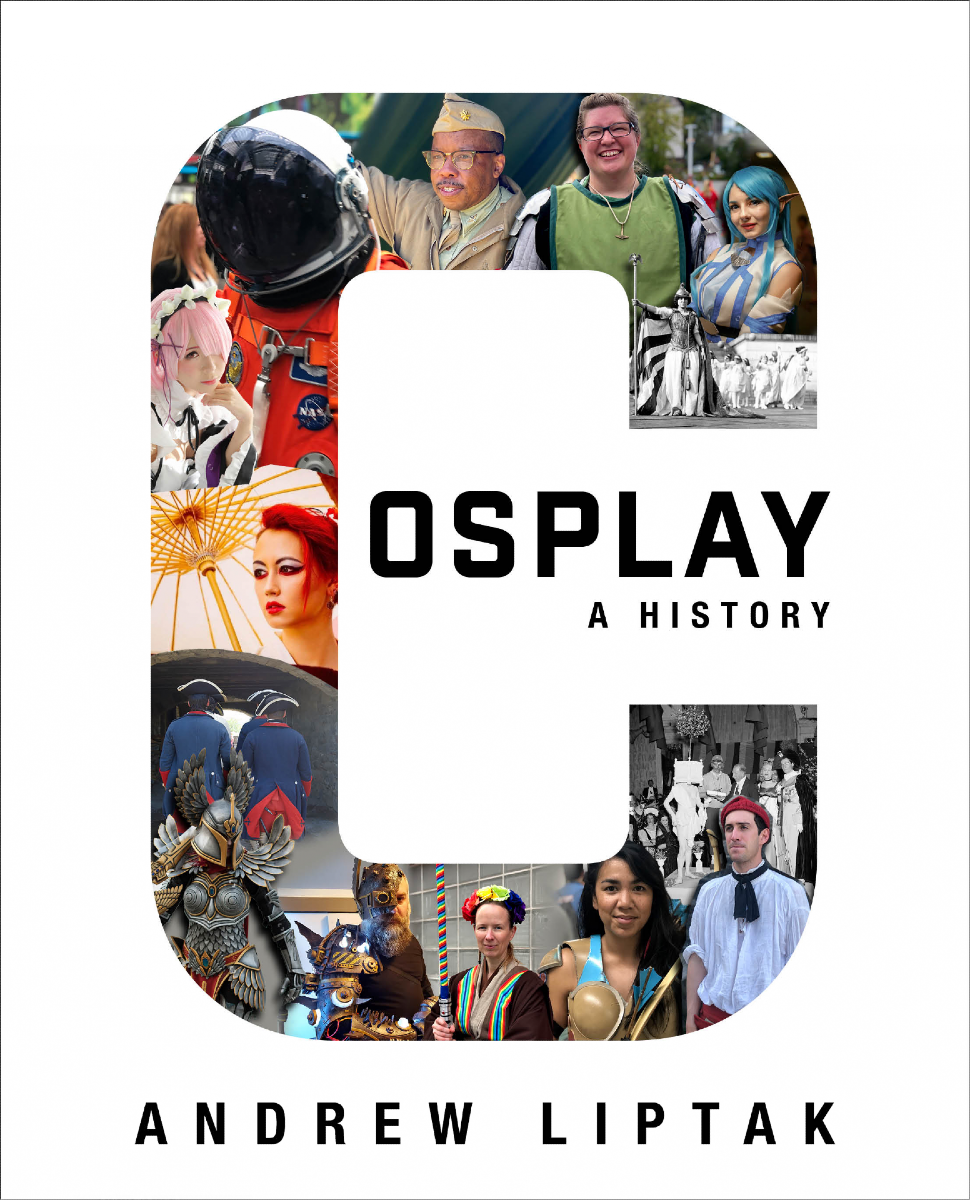
Andrew Liptak: History is something that I’ve always been interested in: when I was a kid, my parents took me and my siblings to various battlefields, and I ended up studying it in college and graduate school. When I began writing, I wrote for a bunch of history magazines, and when I began writing about nerd stuff for sites like Gizmodo and Kirkus Reviews, I was always interested in finding out more about the stories behind the stories and creators that we all appreciate.
Along the way, I got to know an editor at Simon & Schuster’s Saga Press, Joe Monti: I’d reviewed some of the books that he’d edited, and we’d chatted off and on about random things over a couple of years. At some point, he got in touch after San Diego Comic-Con, noting that he’d heard a story about a member of the 501st Legion (of which I’m a member) that had marked 806 km from Star Wars museum Rancho Obi-Wan in Petaluma, California to the convention. It was a moving story, and he wanted to know if I’d be interested in putting something together about it.
I put together a pitch, and they were interested, but there were some finicky roadblocks that ended up derailing that particular idea. But it stuck with me, because as I’d studied up on the group, I realised that in order to properly tell it, you’d need to talk about more than just the 501st: I’d want to talk about the rise of conventions and the cosplay that went with it, the role that Star Wars played in the public imagination, and how sites like the Replica Props Forum helped incubate the talent and people who ended up forming the communities and practices that led to the 501st. Around that time, I ended up signing with a new literary agent, Seth Fishman of the Gernert Agency, and he encouraged me to redo the pitch to look at that broader history, which Saga ended up picking up, with Amara Hoshijo as editor.
I think what ended up motivating me the most was the idea that cosplay is this really big, vibrant community, one that didn’t emerge out of vacuum: things like science fiction conventions and fandom play a role in its creation, but I wanted to dig further into other things: how did Halloween play a role? How did we come to dress up in costumes in the first place? What things along the way helped push things along? Those are all questions that I ended up answering (along with plenty more!) along the way.
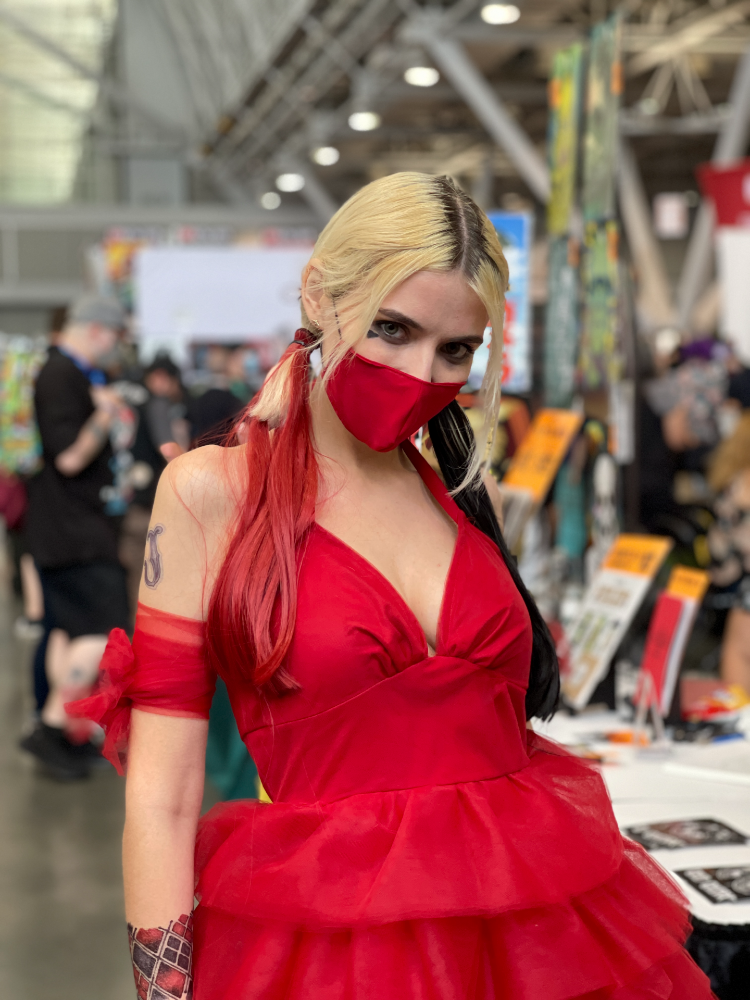
Gizmodo: What are the earliest examples of cosplay?
Liptak: It’s hard to put a definitive pin on something like this. There’s one common narrative that some cosplay books point to: the first-ever World Science Fiction convention in 1939 in New York City, when a pair of fans, Forrest J. Ackerman and Myrtle R. Douglas showed up in costume. That’s probably the most recognisable instance: people dressing up in costume at a convention, right? But if you go a bit earlier, there were some fans of a cartoon strip called Mr. Skygack of Mars and they dressed up in public as the titular character in a couple of notable instances in the early 1900s — decades before Ackerman and Douglas. That’s another early instance.
Go even further back, and you find things like an event thrown at the Royal Albert Hall that was themed around a popular sci-fi novel at the time, in which people dressed up, or a party that Jules Verne threw at his house that include people showing up as his characters. Honestly, I think it’s something that folks have always done: dressing up in costume to help convey a story, and I’m sure that there are plenty of instances throughout history that have gone unrecorded in which people have done this sort of thing for fun.
Gizmodo: Since we’ve only gotten a peek at the cover so far, can you describe the book a little bit, and how it’s formatted, structured, and illustrated?
Liptak: My original draft of the book split into three parts: When We Cosplayed, How We Cosplayed, and Why We Cosplayed, but my editor sensibly had me restructure it a bit: it’s split into five parts, which look at fandom, conventions, traditions, production, and technology. Each one digs into a major component of the story of cosplay, in roughly chronological order.
It’ll also have a ton of pictures — while writing the book, I ended up going to a bunch of big conventions, ranging from Star Wars Celebration in Chicago, to Dragon Con, and Boston Comic Con, to smaller ones like the Vermont Sci-Fi and Fantasy Expo and Granite State Comic Con in Manchester, NH. A number of other pictures came from some long-time science fiction fans, as well as some other cosplayers who I interviewed, and friends.
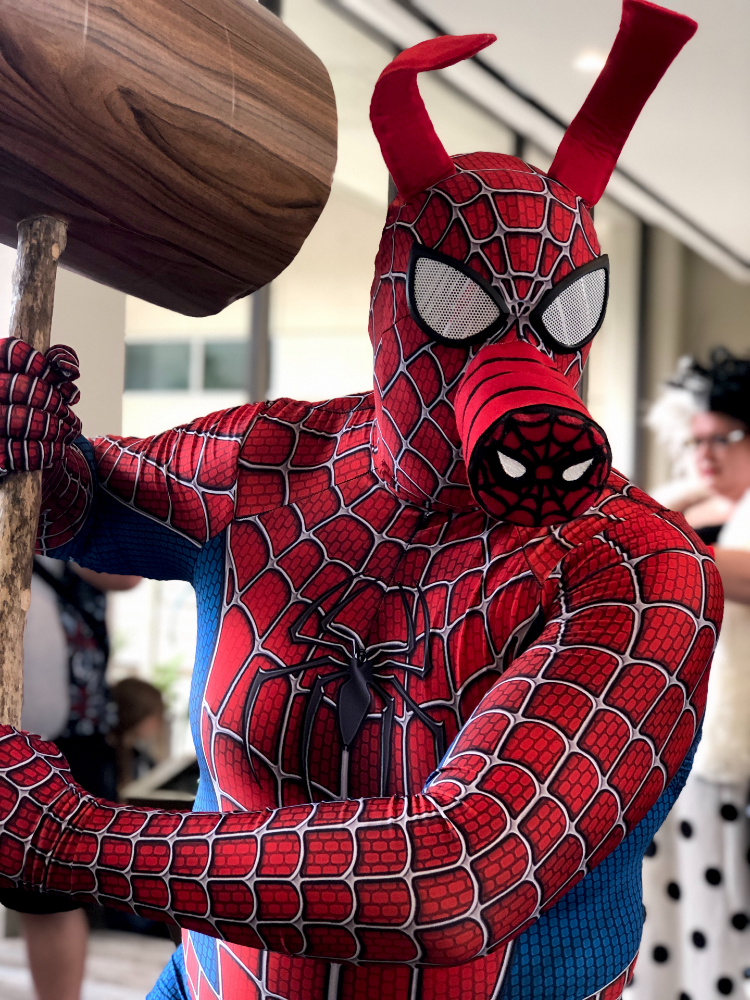
Gizmodo: What’s your own connection to the world of cosplay? What is the 501st Legion?
Liptak: I have fond memories of dressing up for Halloween, but my first real cosplay-type costume was a Stormtrooper from Star Wars: A New Hope. It was a costume that I’d wanted for years, ever since I’d first seen the Special Editions in 1997, and was able to get a suit and join the 501st Legion shortly after I left high school. I’ve been with the group ever since, and I’ve build a fair share of troopers over the years — an additional Stormtrooper, an Attack of the Clones Clonetrooper, a Shoretrooper from Rogue One, and a First Order trooper from The Force Awakens. I’ve got a 212th Airborne Clone from Revenge of the Sith that I need to finish up, as well as another Shoretrooper and First Order trooper that I’ve been tinkering with the last couple of years.
The 501st gets a lot of focus in the book because of how the project started. It’s the world’s largest Star Wars fan costuming club (according to Guinness World Records), and it started around 1997 by a fan named Albin Johnson. He’d been in a car accident and lost his leg, and to cheer him up, a co-worker suggested that with the Special Editions coming up, they should find and acquire Stormtrooper costumes and go to the movies in them. They found them, and through some conventions and a website, Albin began to collect other people who had stormtrooper costumes — and other imperial characters as well. They began attending conventions together, comic book store events, movie premieres, and more, and it just kept growing and growing.
The group acquired a heavy focus on giving back to the community and charitable work — I like to say that it makes an indulgent hobby less indulgent. A squad of stormtroopers escorting Darth Vader tends to turn heads, and through our appearances at cons and other places, we’ve found that we can help raise money for places like Make A Wish, or be in a good position to help a Wish Kid get to meet Darth Vader or Chewbacca or get escorted to the airport to head off to Disney or something. (It’s a good thing that we wear helmets — these events are incredibly moving, and we’re very privileged to be able to help.)
And along the way, the group maintains good ties with Lucasfilm: if they need, say, 50 stormtroopers for an event, they can call on the Legion, because we have a pretty uniform look with some high membership standards. (Those troopers that show up in the finale of The Mandalorian in season one? A lot of them were 501st members in their own costumes).
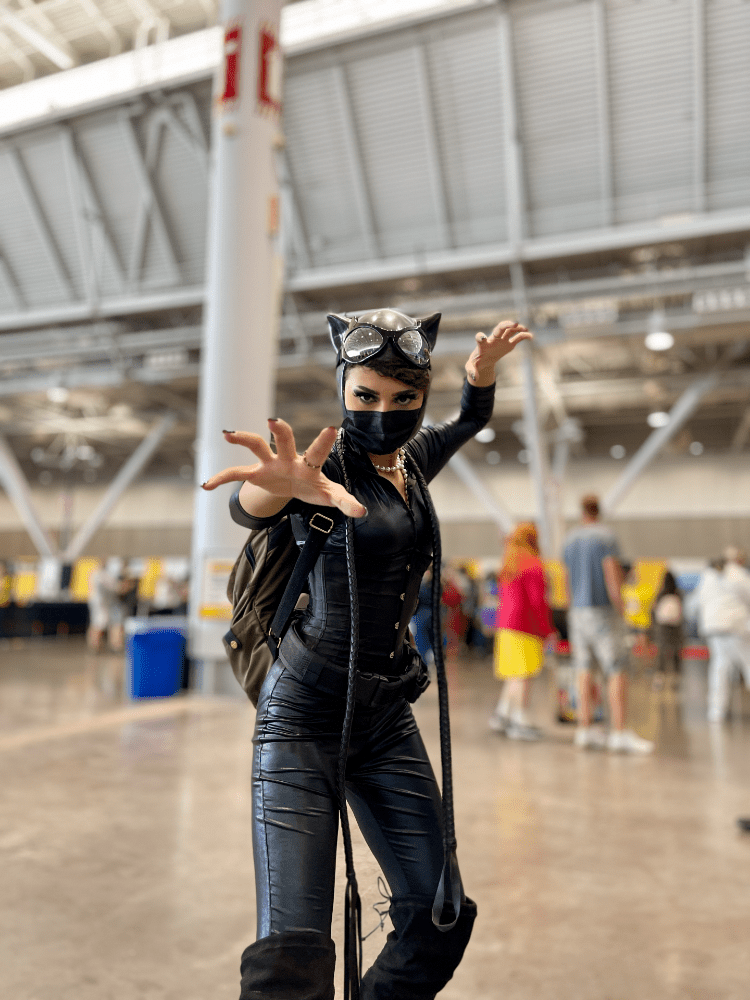
Gizmodo: Cosplay 101 question here, but for anyone who might not quite know exactly what cosplay is — what differentiates it from just dressing up in costume for Halloween?
Liptak: It’s one of those things that’s a little hard to define, but what I ended up on was it’s anytime someone dresses up because they’re a fan of something, and are trying to take part in the story in some small or big way. That’s a really broad definition, and in the book, I ended up talking about things like the history of Halloween and how it came to become such a big pop-culture holiday. I think Halloween costumes can certainly be considered a segment of cosplay, although it’s not quite the same as someone spending a lot of time building a costume from scratch. In the book, I talk not only about the types of costumes that you see on display at cons or movie premieres, but also things like Civil War reenacting or builders who make incredible replicas of spacesuits.
I think definitions about costumes being accurate to what you see on the screen are a bit too restrictive: fans express themselves in a lot of different ways, and things like costume mashups or people reenacting memes or brief, memorable moments from a film, to people who throw something together out of cardboard or scraps is just as valid as the super-accurate builds. They’re all cosplay and they’re all wonderful.
Gizmodo: Who were some of the most interesting people you talked to while researching and writing the book? What were some of your favourite cosplay discoveries?
Liptak: I spoke with so many interesting people. I spoke with folks like Albin Johnson, who founded the 501st Legion, and Adam Savage, who’s best known for his work on Mythbusters and for showing up in costume at conventions. But there were tons of others: Sgt. Swift Stitch and Paige Robins (aka Cosplay Medic), who show up to cons armed with elaborate workshops on their backs to serve as resources for cosplayers who need an on-the-spot fix when something breaks. There was Astrid Bear who was part of the convention scene in the 1960s, David Rhea (who sadly passed away from cancer last year) who made his own incredible Star Wars costumes in the 1970s and 1980s, and Dorasae Rosario (aka Akakioga Cosplay) who has made her own incredible costumes of everything from Suri from Black Panther to an interpretation of Sirfetch’d from Pokemon: Sword and Shield. And tons of others. But not only that, I took hundreds of pictures over the course of my trips to cons, and there were amazing cosplayers at every stop. I wish I could have included each and every one of them in the book.
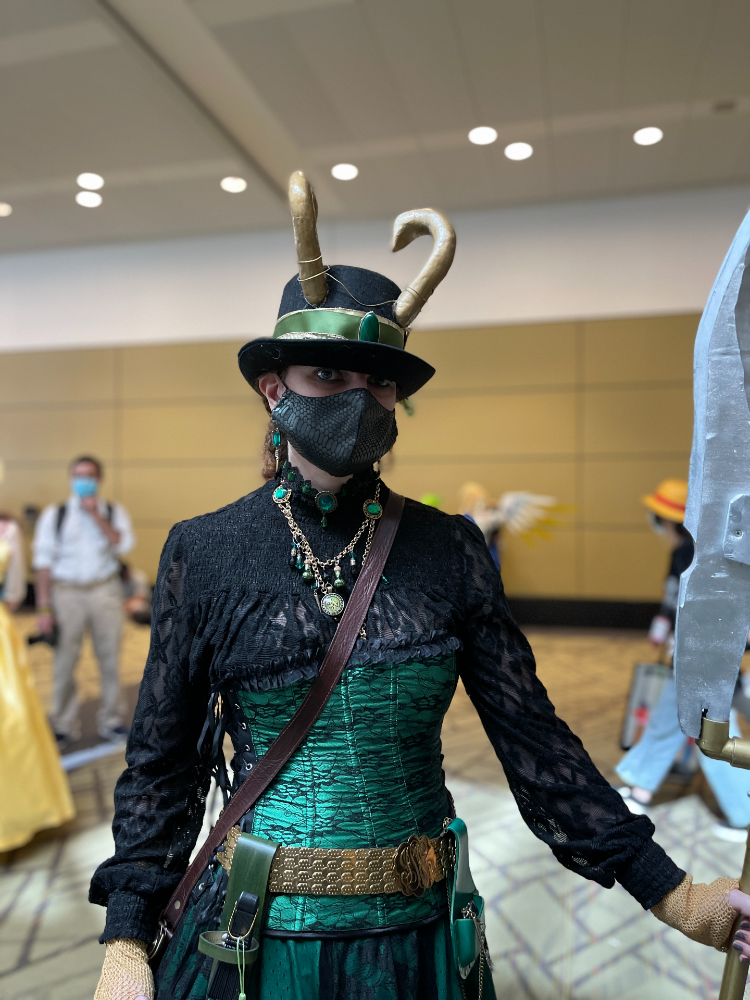
Gizmodo: Which franchises have you found to be the most popular among cosplayers and why?
Liptak: I think anything that holds some nostalgia for a huge number of fans is a good place to start, but also ones where the costumes are somewhat easy to replicate. Franchises like Star Wars, Star Trek, and Ghostbusters are certainly big ones, because they’re enormous in entertainment history, but their costumes are also thrown together from all sorts of things, and they’re fairly easy for fans to recreate or reverse-engineer. You can find all of the components that you need for a Proton pack or a Sandtrooper backpack because fans have identified various components that the film’s prop makers made. Anything that involves sewing can be recreated by a dedicated fan after a trip to Joann Fabrics and some time on a sewing machine.
Ease of production is a key thing to extreme popularity on a convention floor, I think. Look at things like Squid Games, Loki, or Spider-Man: Into the Spider-Verse, which costumes that are fairly easy to replicate. You just need a blue-green jumpsuit with some white lettering, some horns and green clothing, or a jacket, sweatpants, mismatched sneakers and a Spider-man top. I threw a janky Spider-man together with stuff I had in my closet. Fans of The Expanse have a bunch of options, ranging from generic Belters — or which you only need a jumpsuit and a bunch of patches — all the way up to more elaborate costumes. The variety there helps.
Where you have complicated costumes — and modern costumes are more complicated these days — you have more challenges. A full suit of Spartan (from Halo), GOLIATH or Iron Man armour is a bit of a challenge, for example, but even there, those challenges are getting easier to overcome: you just need EVA foam (like the stuff you find in floor or yoga mats), or a 3D printer and some practice.
The general popularity of a story is also important. Take any major character from any major franchise, and you’ll likely see them pretty often: stormtroopers, Superman, Wonder Woman, the Joker, etc. Another example might be comparing the recent Dune adaptation to Apple’s Foundation adaptation. Dune did really well: people have enjoyed it and it has plenty of cool costumes. On the other hand, Foundation seems like it’ll be destined for a deep-cut convention costume, if we see them at all: the costumes are pretty cool and elaborate, but they don’t really stand out in any real distinctive way: ask someone who’s seen the show, and they’d likely be hard-pressed to describe anything except Cleon’s blue outfit. Hugo’s costume, for example, is pretty generic: he could be any random background character in any number of shows. And on top of that, the show hasn’t been well received, so you’ll have fewer people super excited to dress up in it.
Popularity can be a fleeting thing: there are cycles to this, as popularity for a show or movie waxes and wanes. You don’t see a ton of Harley Quinn from Suicide Squad these days, but you might see more people dressing up as the version of her from The Suicide Squad. But then you have the Joker, Deadpool, Batman, and others that are perennially popular.

Gizmodo: How did cosplayers cope with conventions being cancelled due to the pandemic? Will there be a different approach to conventions and other gatherings going forward?
Liptak: We coped in some really interesting ways. Conventions shut down pretty quickly in 2020, and I saw a ton of cosplayers who were frustrated and upset about that — not because they were being selfish, but because these were the only times when they got to see friends and fellow cosplayers, and cosplay as that sort of social release.
They found other ways to cope: they turned to Tiktok or Instagram to take part in these really cool collaborative memes. One good example is a bunch of videos where they’d pass a makeup brush from one side of the screen to the other, transforming from a regular civilian person into their character, before passing it along to the next person down the chain. There were others as well, where someone might jump onto a video trend in costume or something like that.
Cons are coming back now, and I’ve been to a couple, where I saw some interesting things. I think we’ll see some things linger: I think — I hope — people will pay more attention to their health when it comes to these gatherings. When I went to Fan Expo Boston this year, I saw a lot of cosplayers integrating masks into their costumes, either by matching the fabric to their costumes, or choosing costumes with a mask. It wasn’t an uncommon experience in the Before Times to come down with what’s colloquially known as the ConFlu — whatever mashup of viruses you accumulate by sharing the same space with tens of thousands of people — and I think if people stay home or wear masks, they’ll avoid getting sick like that.
There’s also a systematic thing here: convention organisers should pay attention to the health of their guests by paying attention to the local conditions. They might need to put policies into place to encourage masks, show proof of vaccination, or otherwise encourage people to stay home if they feel sick, depending on what the situation is at that specific time. They can also implement health screenings or handwashing stations, which will likely contribute to the event’s safety. There’s no one fix, but a bunch of small fixes will go a long way.
Ultimately though? We’ve been dressing up to pretend to be a character or in a story for probably as long as we’ve been telling stories. I think covid-19 will be a bump in the road in the long-run: we’ll still be dressing up as characters from whatever Marvel or DC movies (and everything else!) that come out in 2022, 2031, 2051, and beyond. I’m looking forward to seeing what cosplayers come up with in the years and decades to come.
Andrew Liptak’s Cosplay: A History: The Builders, Fans, and Makers Who Bring Your Favourite Stories to Life is coming from Saga Press on June 28, 2022. You can pre-order a copy here.
Editor’s Note: Release dates within this article are based in the U.S., but will be updated with local Australian dates as soon as we know more.
